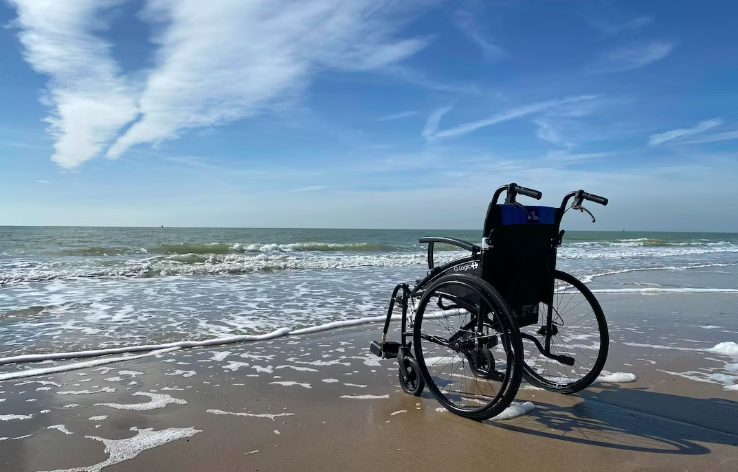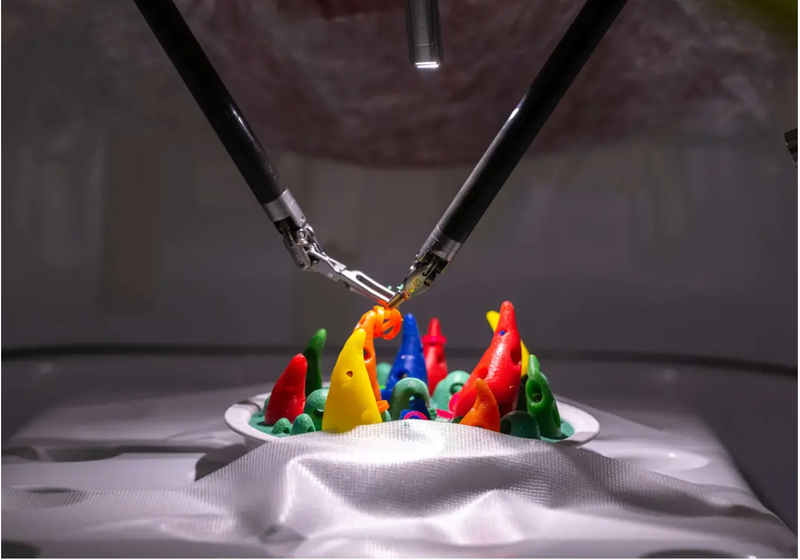Paralyzed Man Walks Again After Brain, Spine Implants
On Wednesday, a proof-of-concept study published in the journal Nature revealed how a Dutch man paralyzed by chronic tetraplegia was enabled — in community settings — to stand and walk naturally with the help of brain and spinal cord implants.

Facts
- On Wednesday, a proof-of-concept study published in the journal Nature revealed how a Dutch man paralyzed by chronic tetraplegia was enabled — in community settings — to stand and walk naturally with the help of brain and spinal cord implants.1
- Gert-Jan Oskam, the 40-year-old patient, was told he would never walk again after his legs, arms, and trunk were impaired following a cycling accident in China 12 years ago.2
- However, after doctors inserted two disc-shaped implants into his skull, which read his brain signals and send instructions to two sensors attached to a helmet on his head, Oskam could initiate movement his leg and foot muscles by thinking via a second implant in his spine.3
- Grégoire Courtine, a spinal cord specialist based at the Swiss Federal Institute of Technology, stated that the technology captured Oskam's thoughts and translated them into "a stimulation of the spinal cord to re-establish voluntary movement."4
- Oskam, who can now stand unsupported for approximately two or three minutes, told reporters that he recently "took the walker and the paint," and successfully painted while standing.5
- Described by Swiss researchers as a "digital bridge" between the brain and spinal cord, the implants have enabled Oskam to climb stairs and walk for more than 100 meters at a time since the operation.6
Sources: 1Nature, 2CNN, 3BBC News, 4Independent, 5NBC, and 6Guardian.
Narratives
- Narrative A, as provided by Inews. Several advances in specialized spinal cord injury treatment have occurred in recent decades, but this latest experiment is a medical first that has succeeded in changing an individual’s life and giving them some level of independent mobility. The brain-spine interface used an artificial intelligence thinking decoder to interpret Oskam's intentions and allowed him to walk naturally after 12 years; clearly this is an indicator of the potential of AI in revolutionizing medical treatment.
- Narrative B, as provided by Washington Post. While futurist technology may eventually help many more spinal cord injury and stroke patients with paralysis and mobility issues, there are many challenges that may hinder its real-world application. The treatment is still experimental and is many years away from being widely available to paralyzed patients. Moreover, the procedure is invasive and requires multiple surgeries. The use of this kind of AI technology in medicine must be met with some skepticism, as wider employment of the innovation comes with its own collection of moral, medical, and technological risks.






